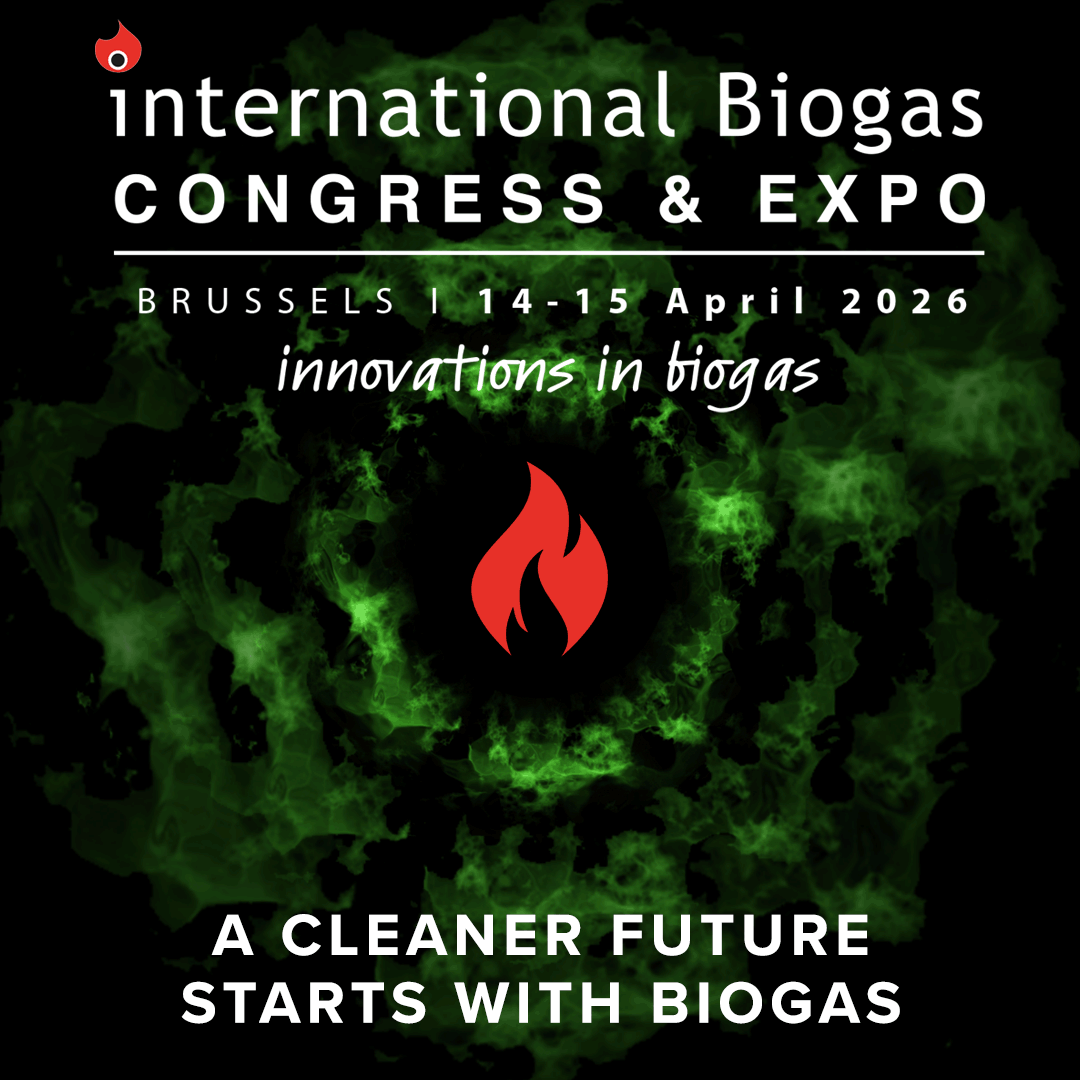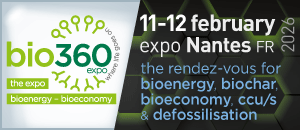Boosting fatbergs’ biogas potential
An innovative technique could help breakdown fats, oils and grease (FOG), allowing greater quantities of the methane rich material to be used in biogas digesters.
Cooking oil, grease and other wastes are a growing problem. They clog pipes, are harmful to wildlife, and can congeal into massive ‘fatbergs’ which block sewage systems.
However, FOG also has significant potential as a renewable energy source, something which researchers at the University of British Columbia looked to tap in their research, recently published in Water, Air and Soil Pollution.
"FOG is a terrific source of organic material that microorganisms can feed on to produce methane gas, which is a valuable, renewable energy source,” UBC research associate research Asha Srinivasan says in a statement from the University.
“But if it's too rich in organics, bacteria can't handle it and the process breaks down. By preheating it to the right temperature, we ensure that the FOG is ready for the final treatment and can make the maximum amount of methane."
The process developed by the UBC scientists saw them heat FOG samples to temperatures between 90 and 110 degrees Celsius and add hydrogen peroxide. They say that the treatment dramatically reduced the volume of solids in the FOG by as much as 80%.
Apparently, the process also released fatty acids from the mixture that can be broken down by bacteria in the next stage of treatment.
The UBC researchers believe their discovery will allow more FOG to be loaded into biogas digesters.
“Farmers typically restrict FOG to less than 30 percent of the overall feed,” says Srinivasan
“But now the FOG can be broken down into simpler forms, so you can use much more than that, up to 75 per cent of the overall feed. You would recycle more oil waste and produce more methane at the same time.”
The researchers believe their breakthrough could have a number of different applications.
“The principle would be the same: you could pretreat the FOG so it doesn’t clog the pipes, and add it to sewage sludge to produce methane from the mix,” said said lead research Victor Lo, emeritus professor of civil engineering at UBC.
“To the best of our knowledge, this type of pretreatment for FOG has not been studied before, although simple chemical methods do exist to break down FOG. We’re hoping to do more research to find the optimal ratio of FOG to dairy manure so that they can be pretreated together”, Lo continued















